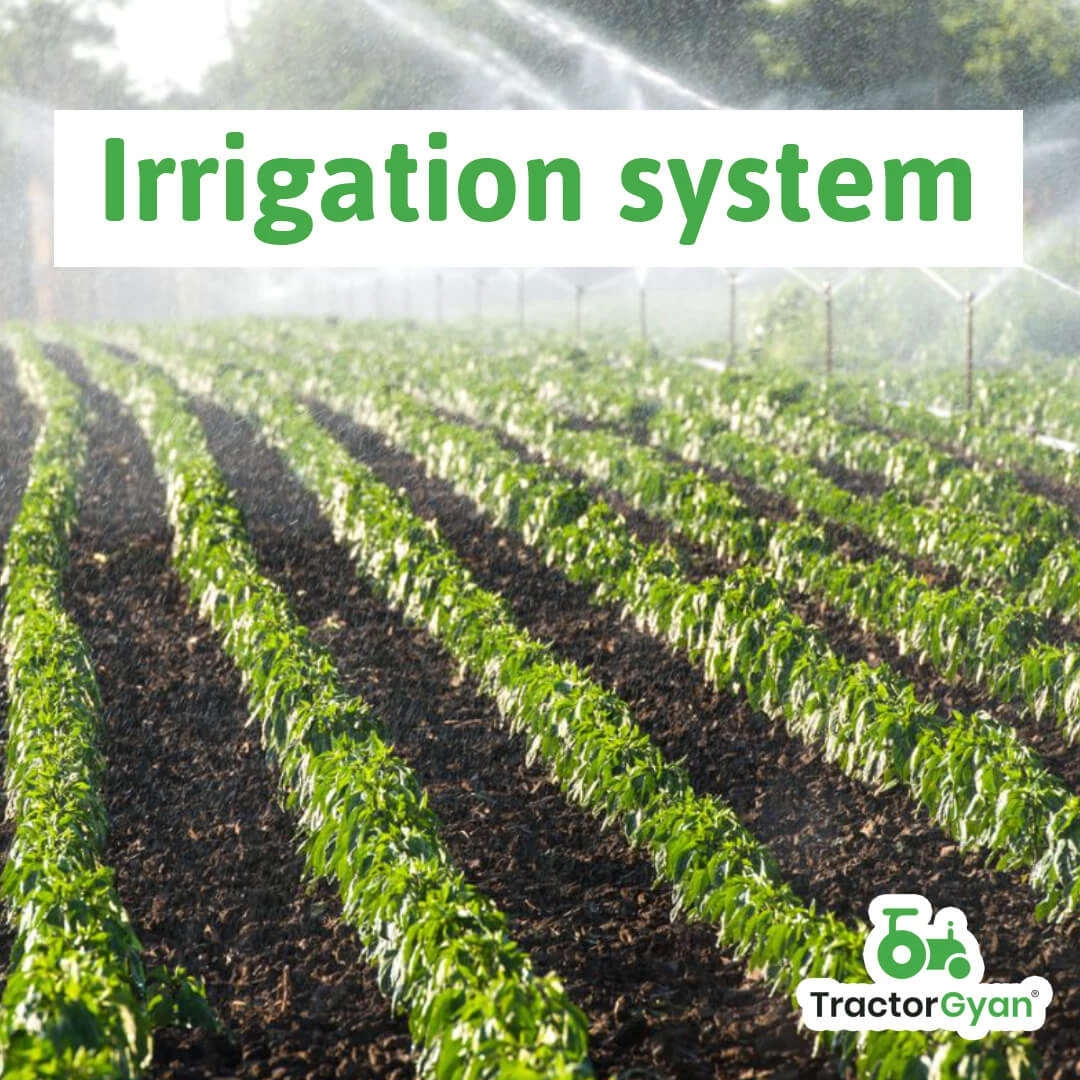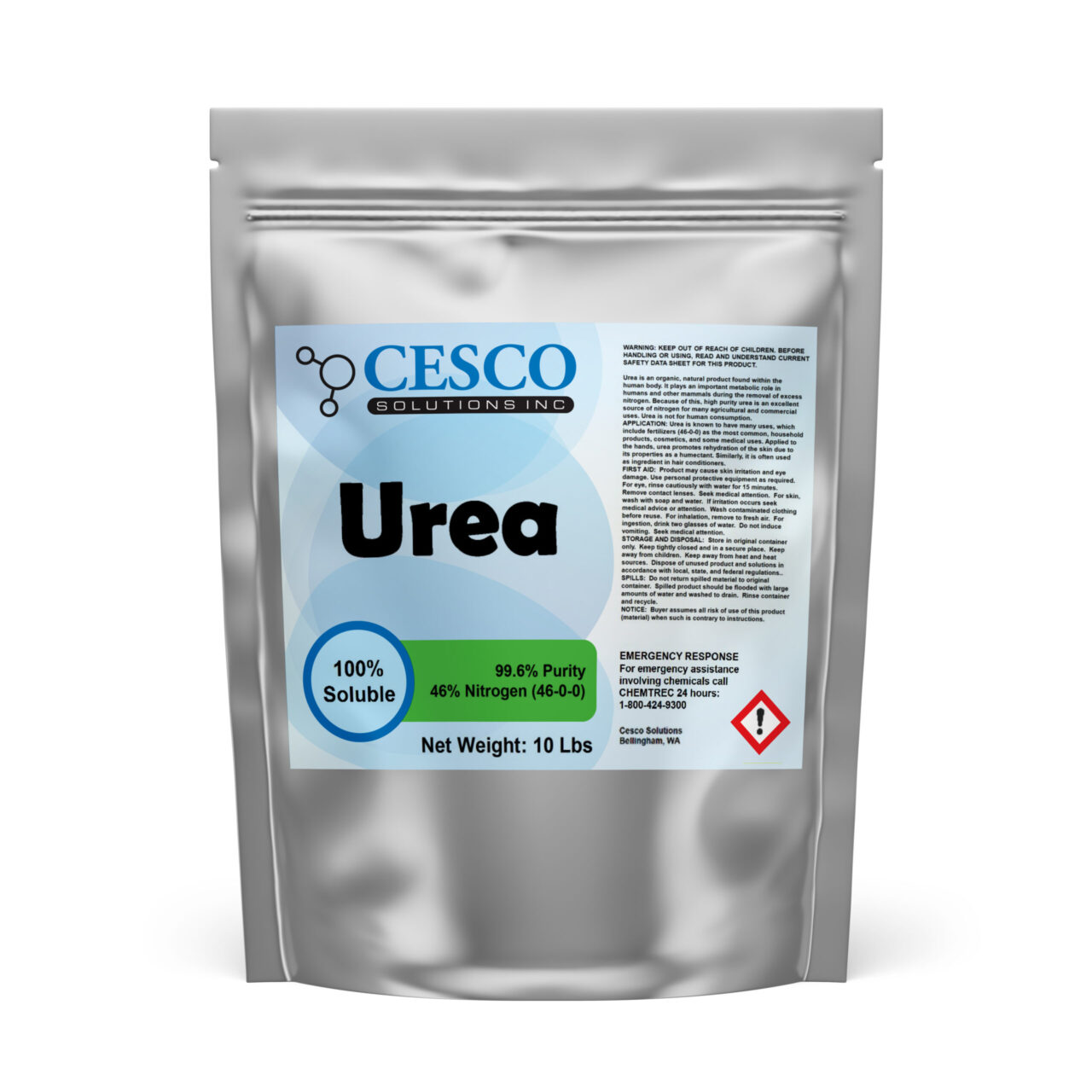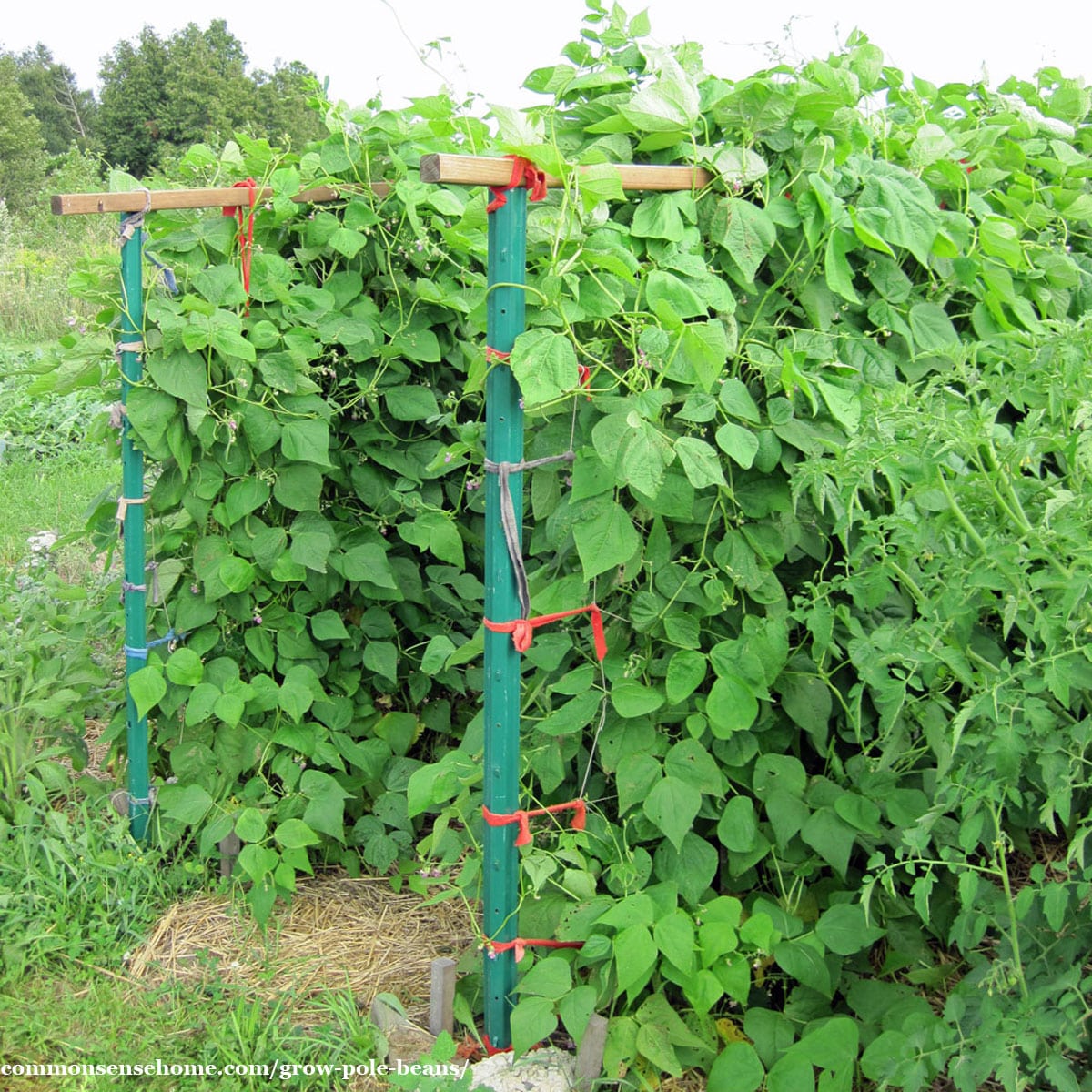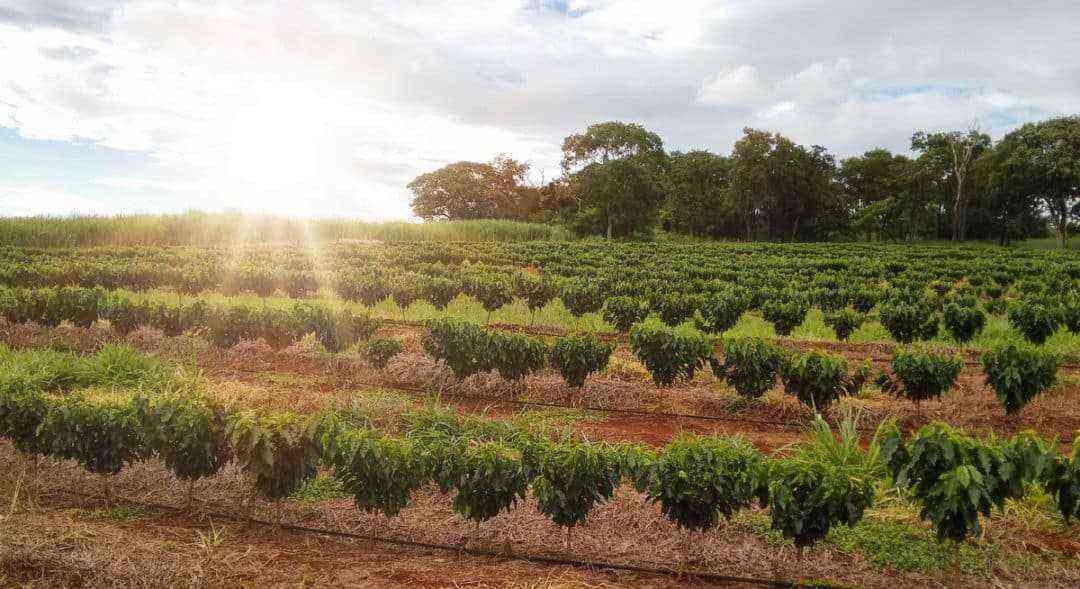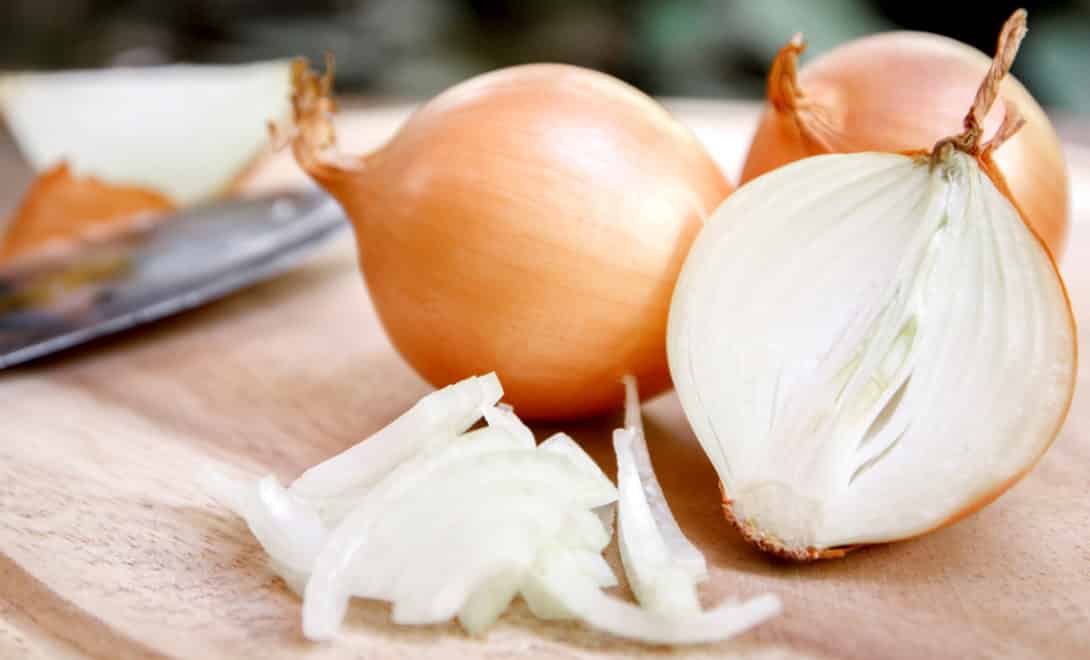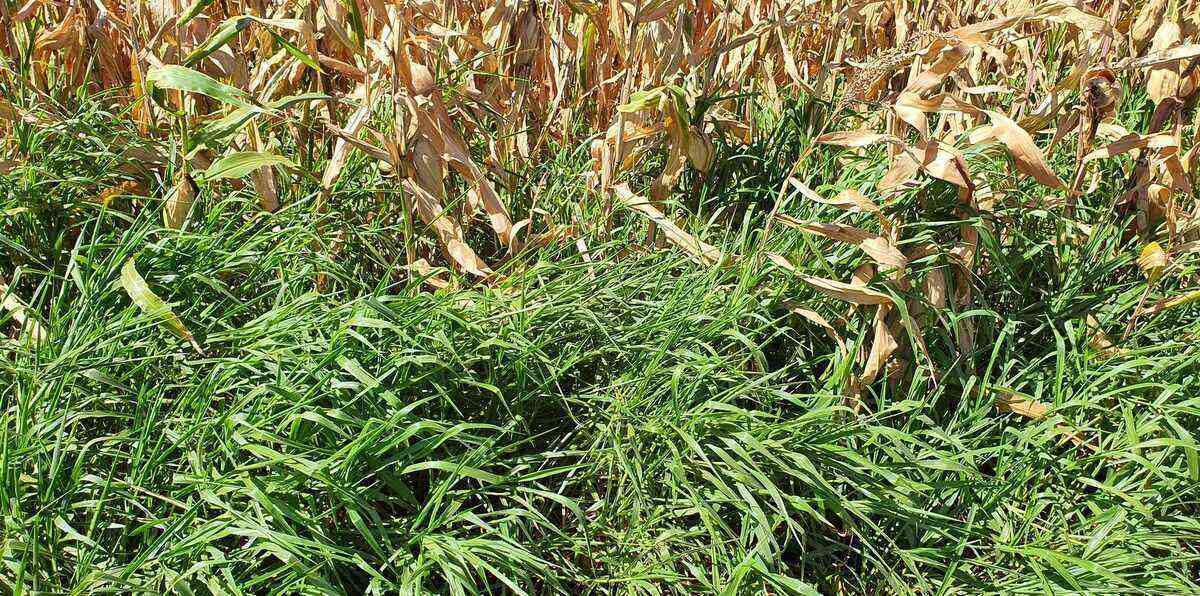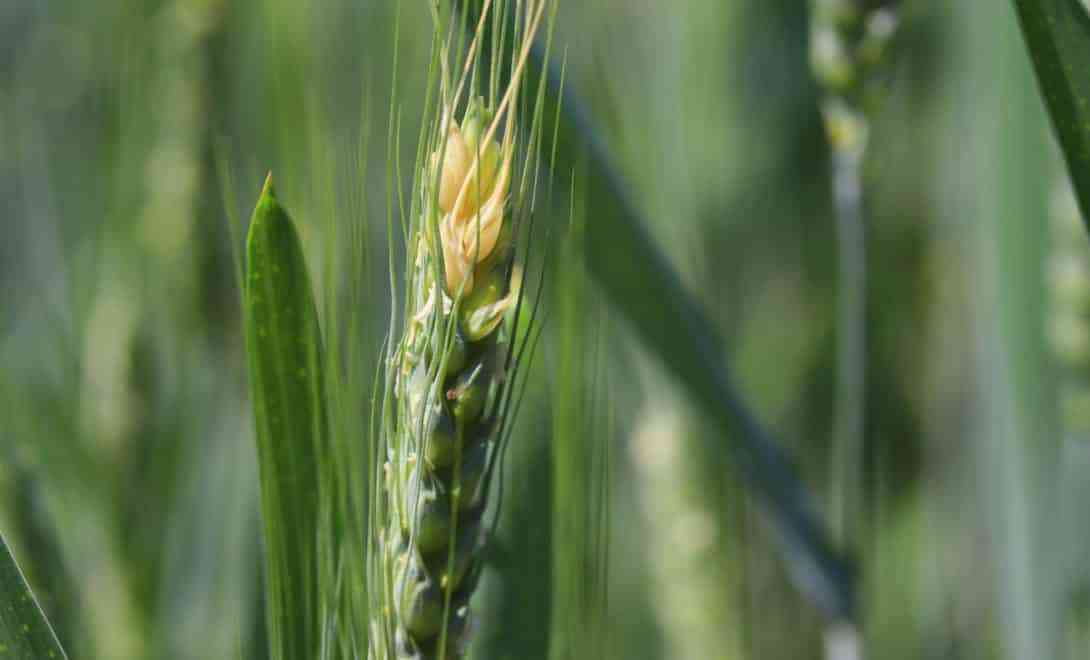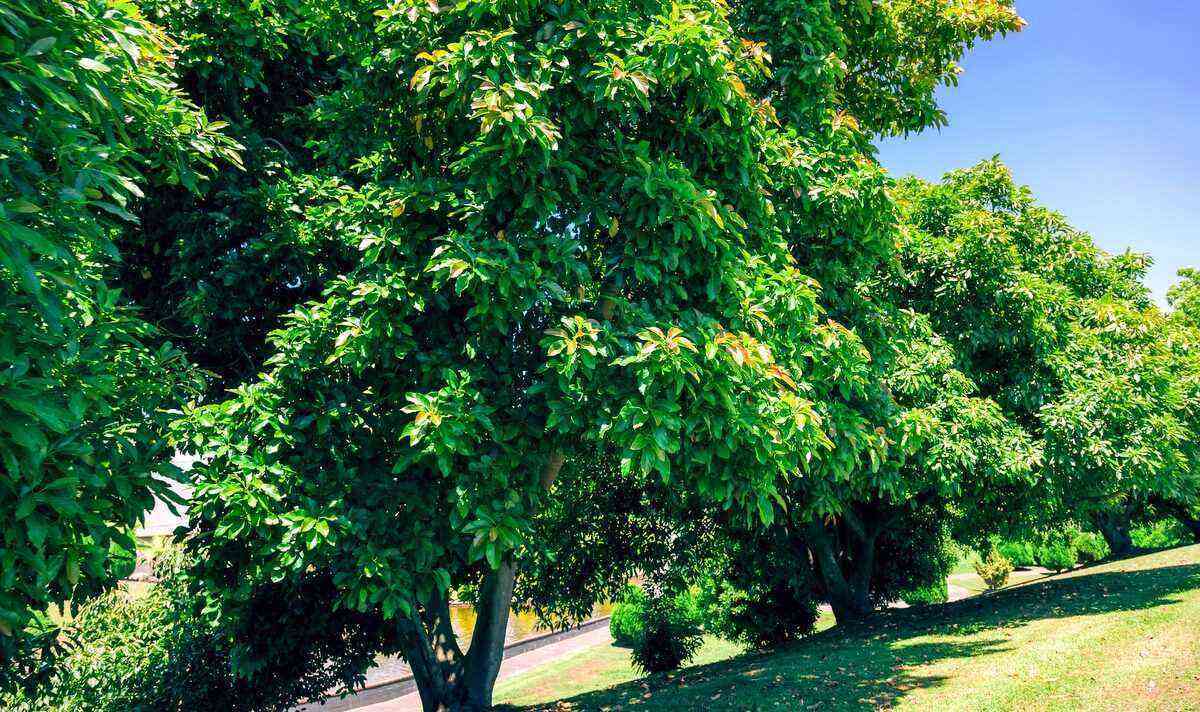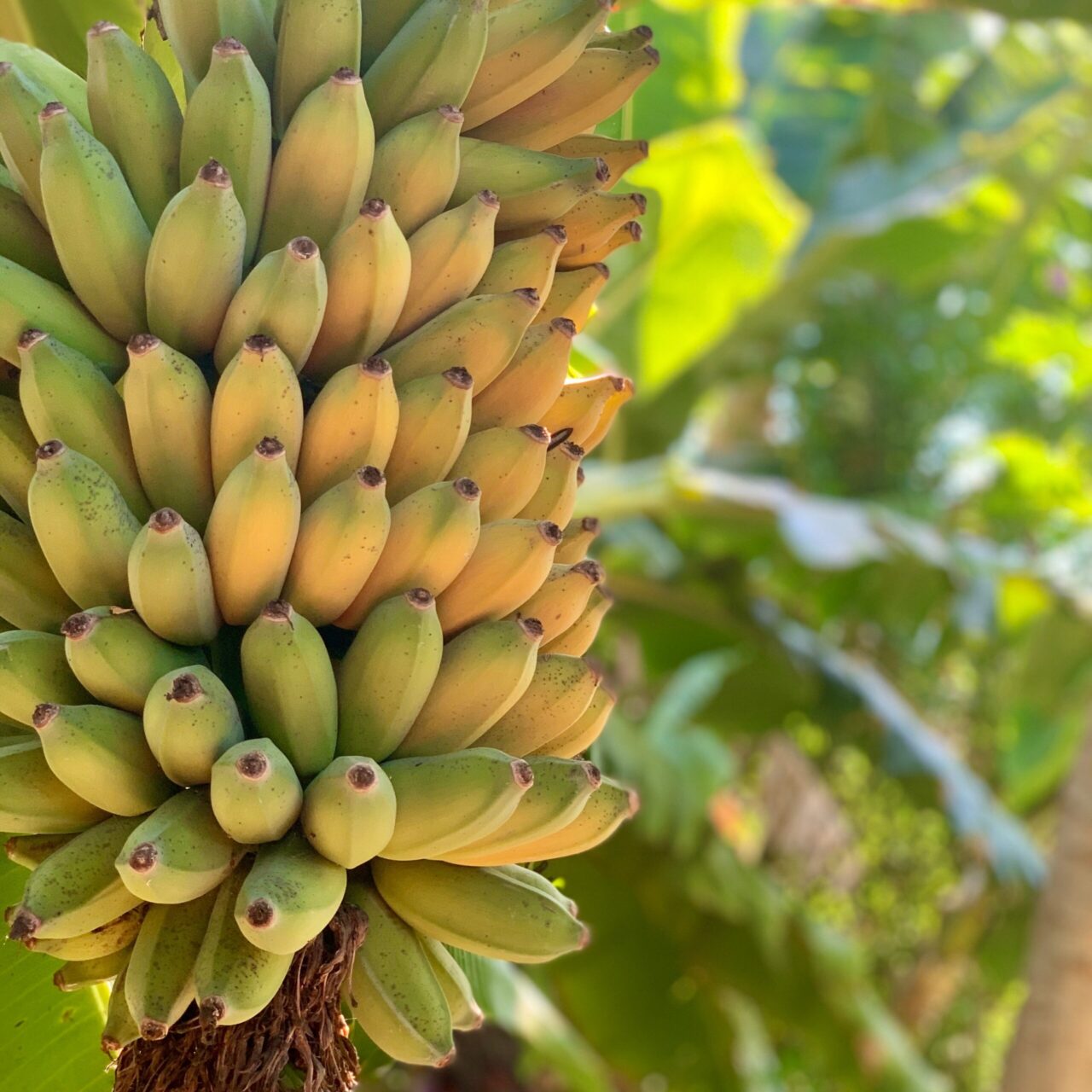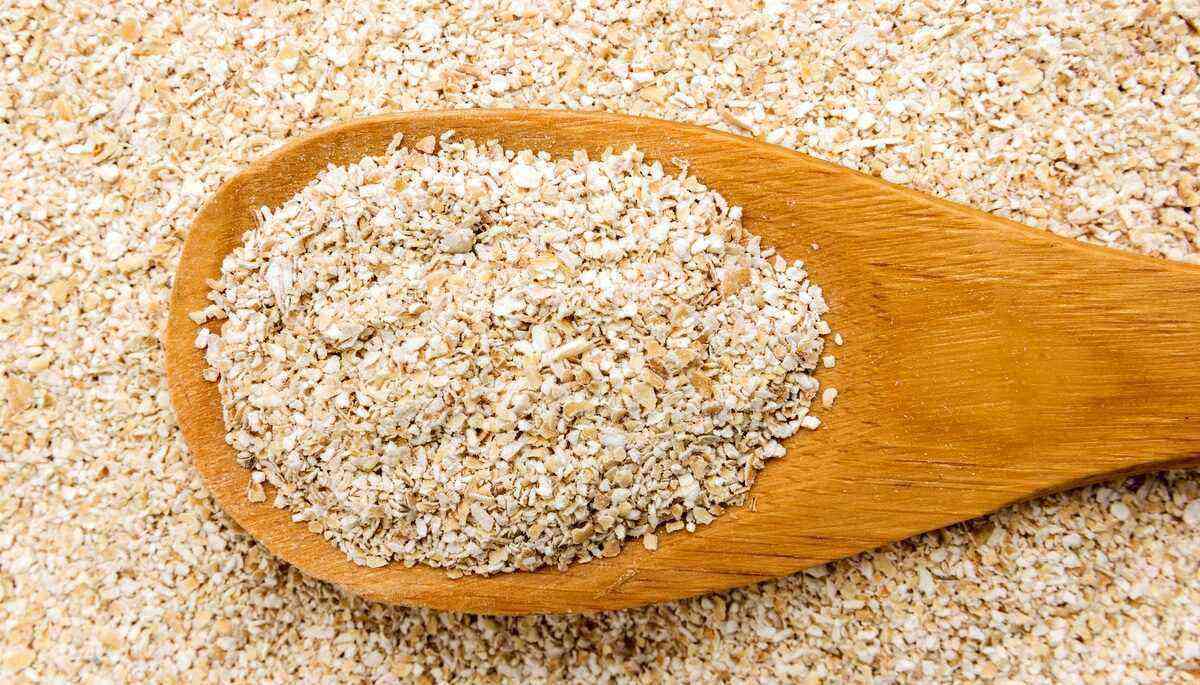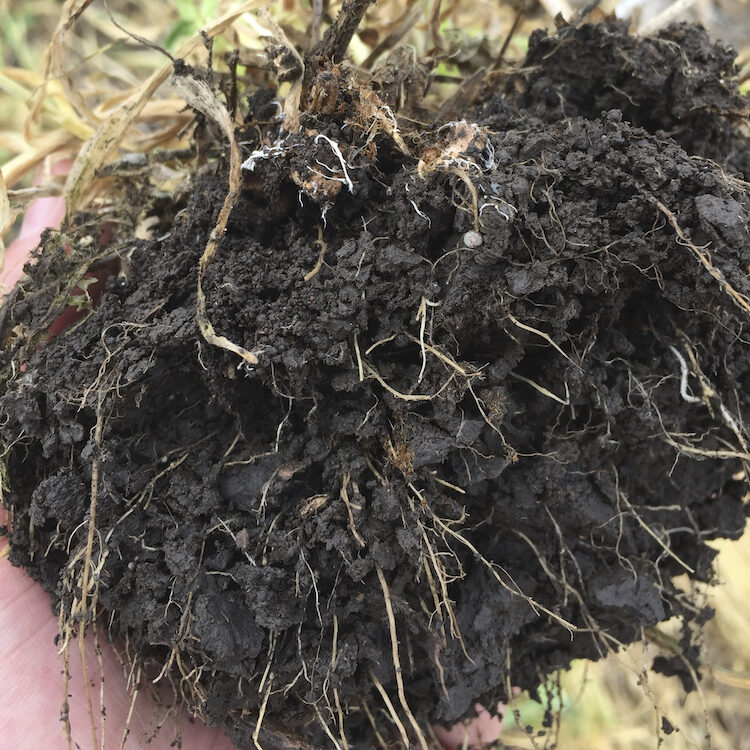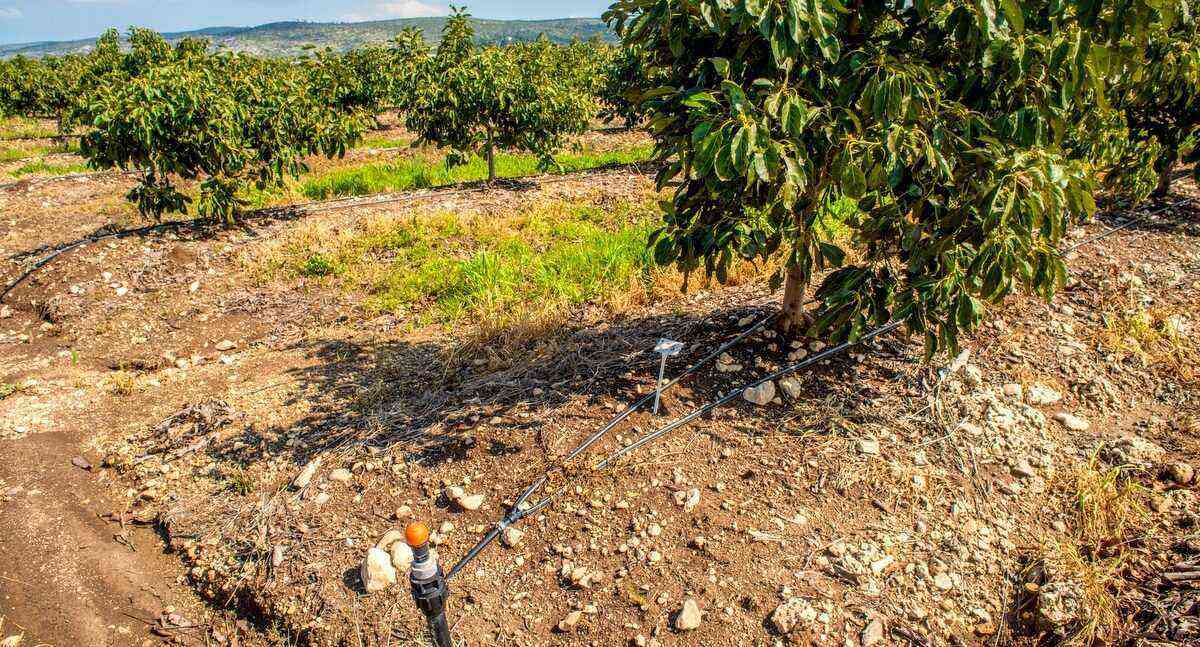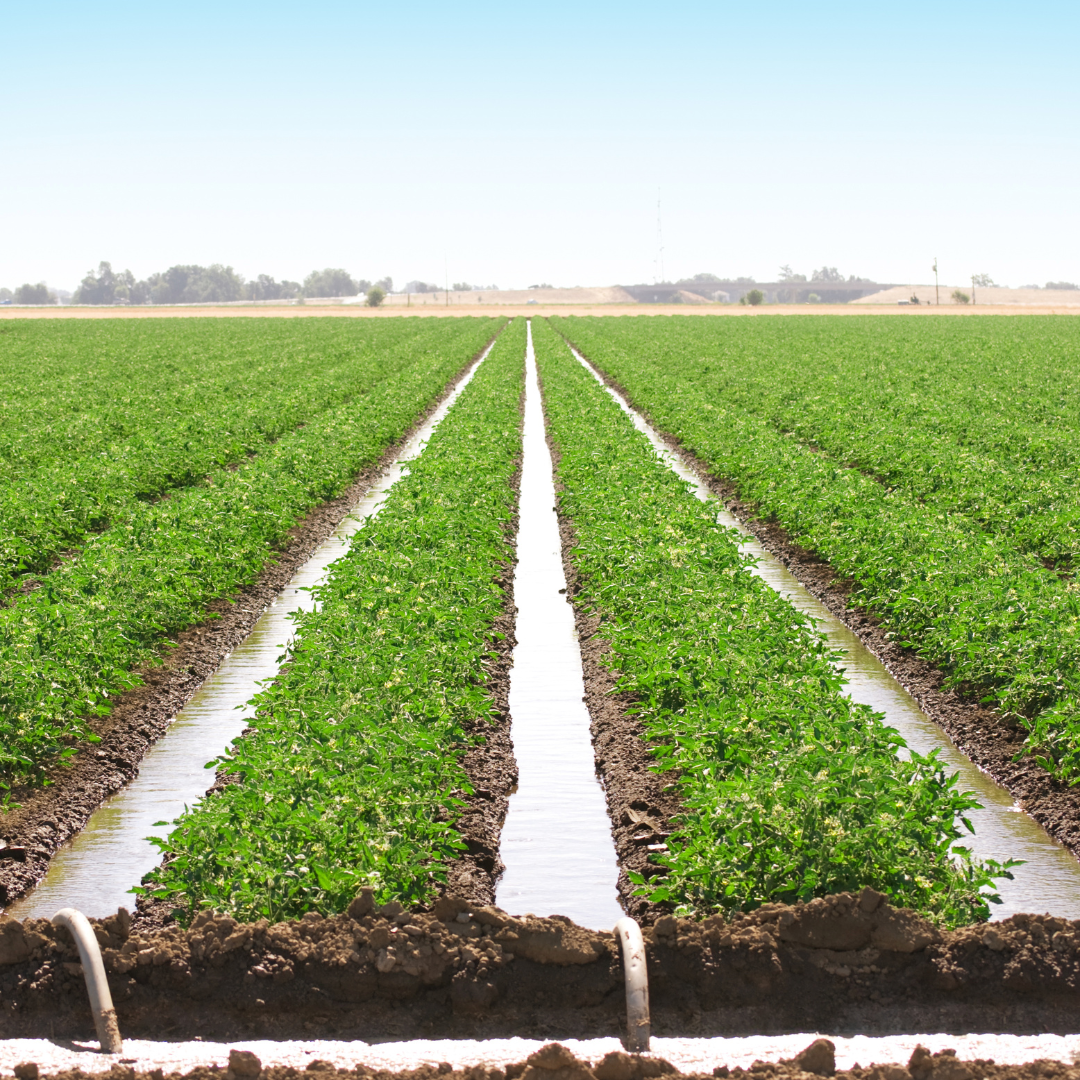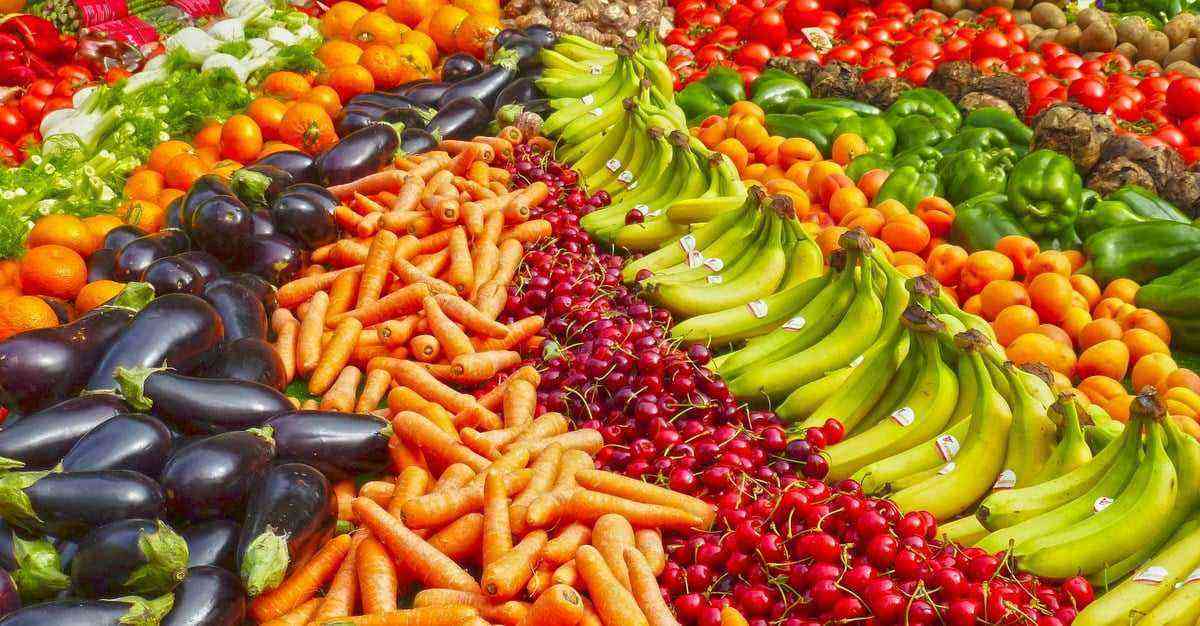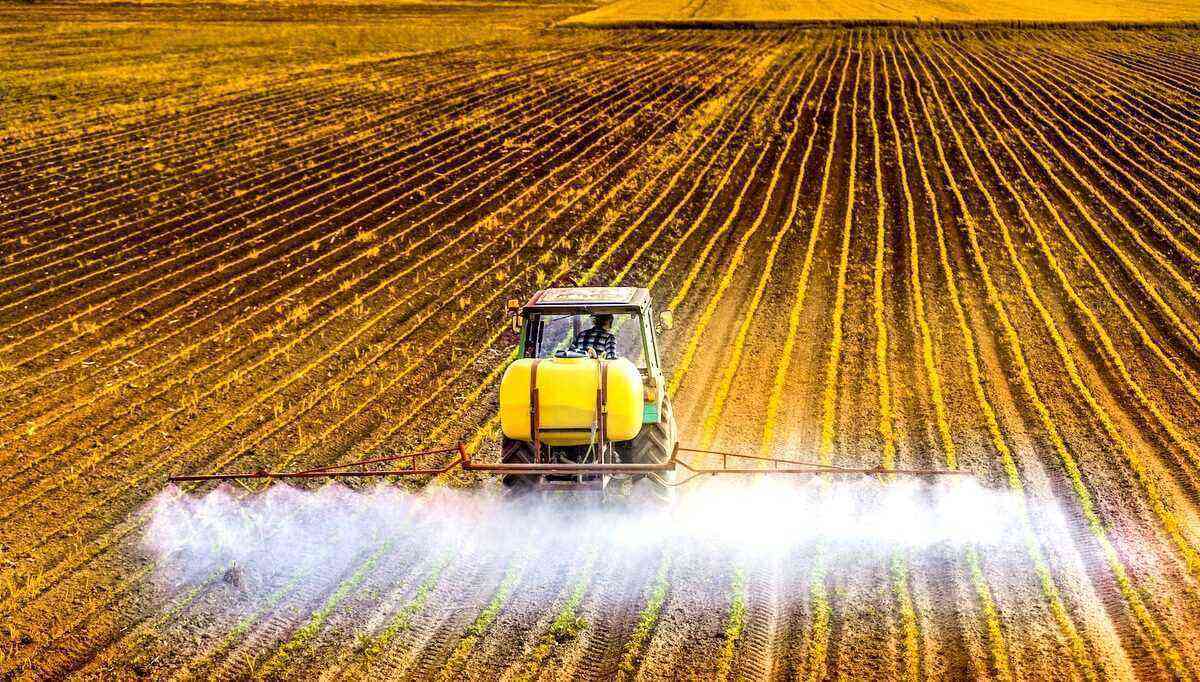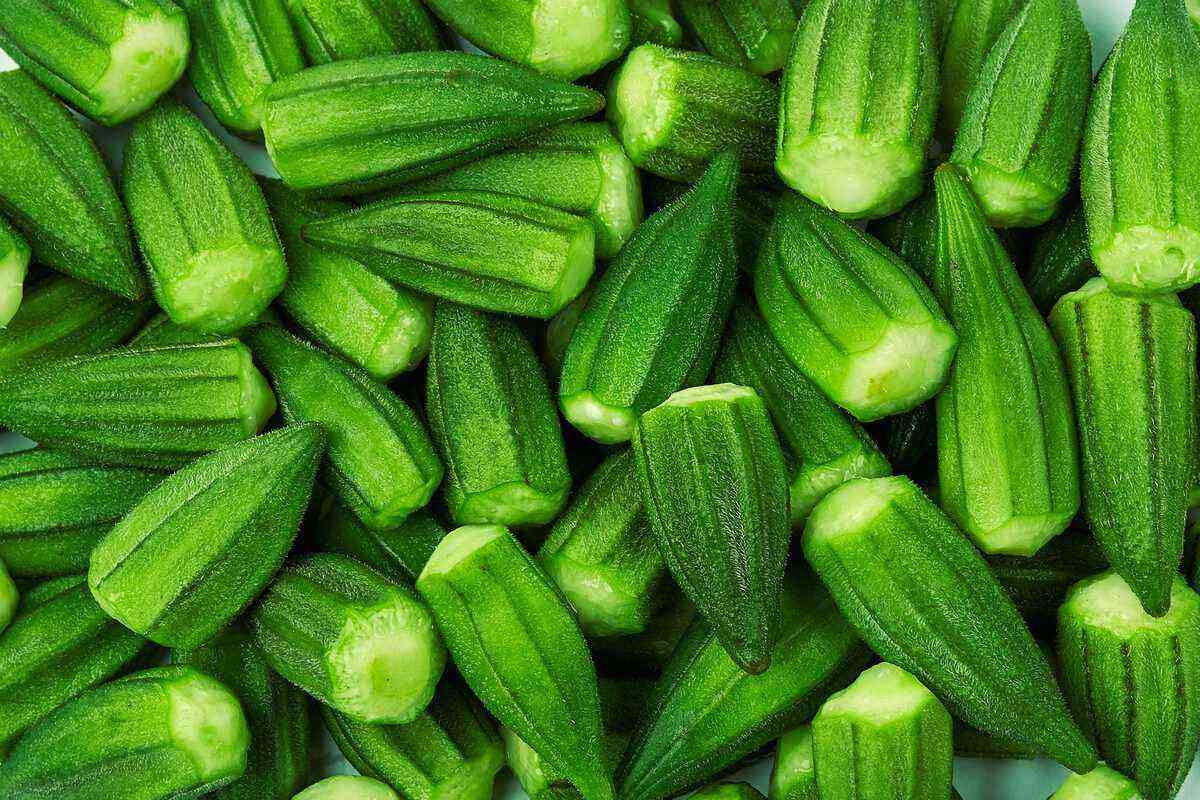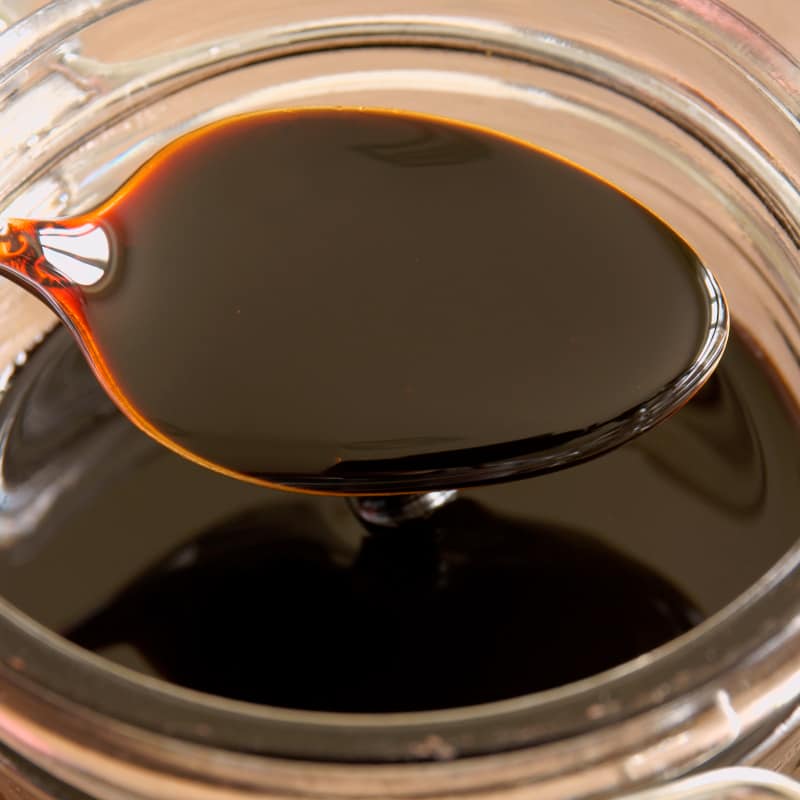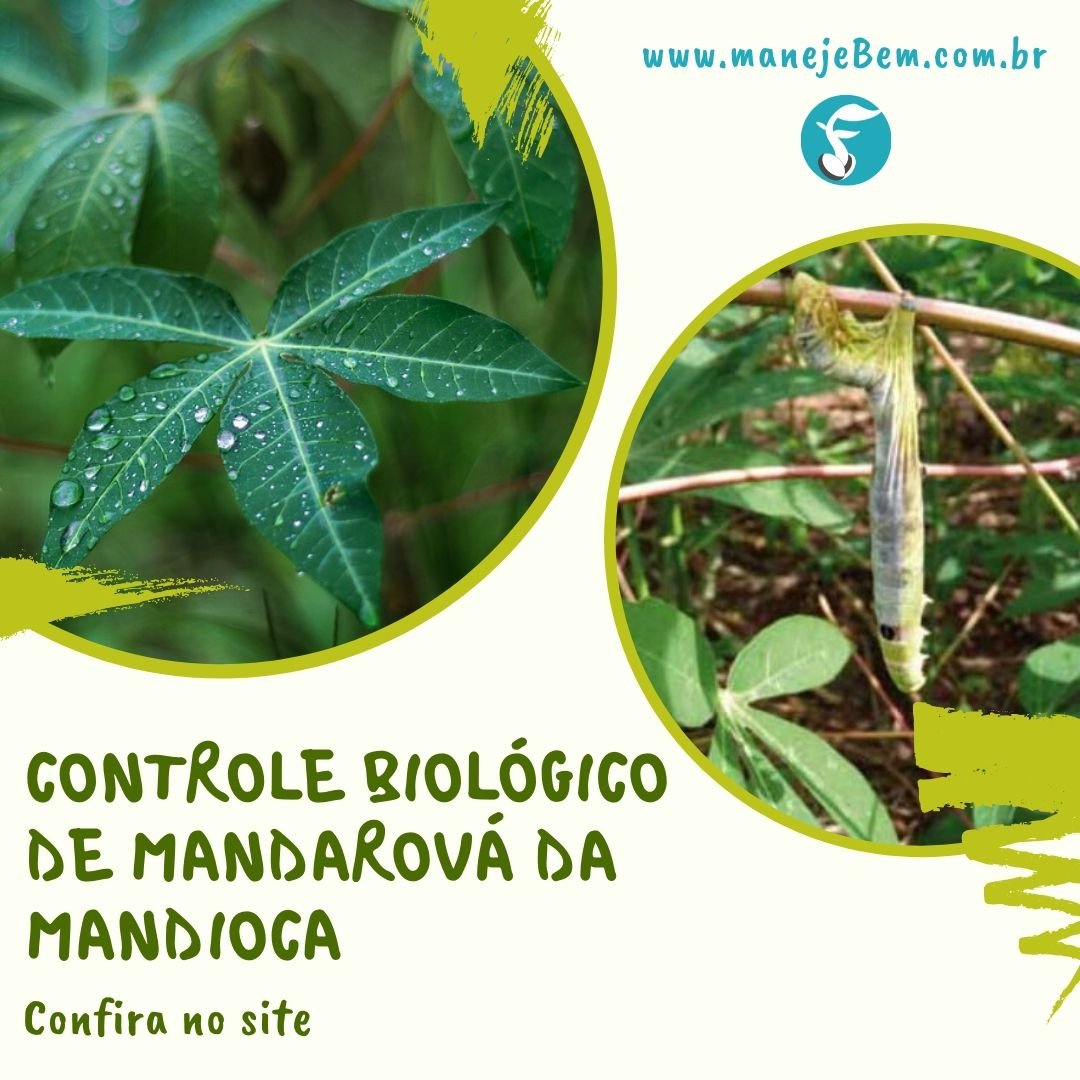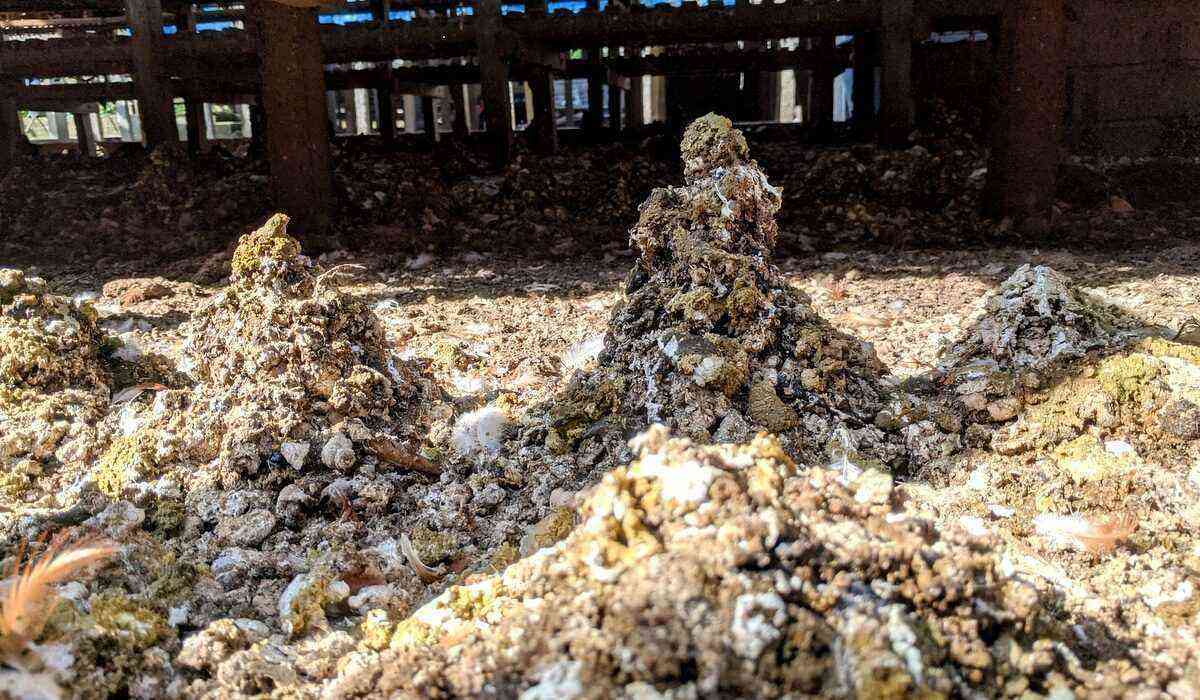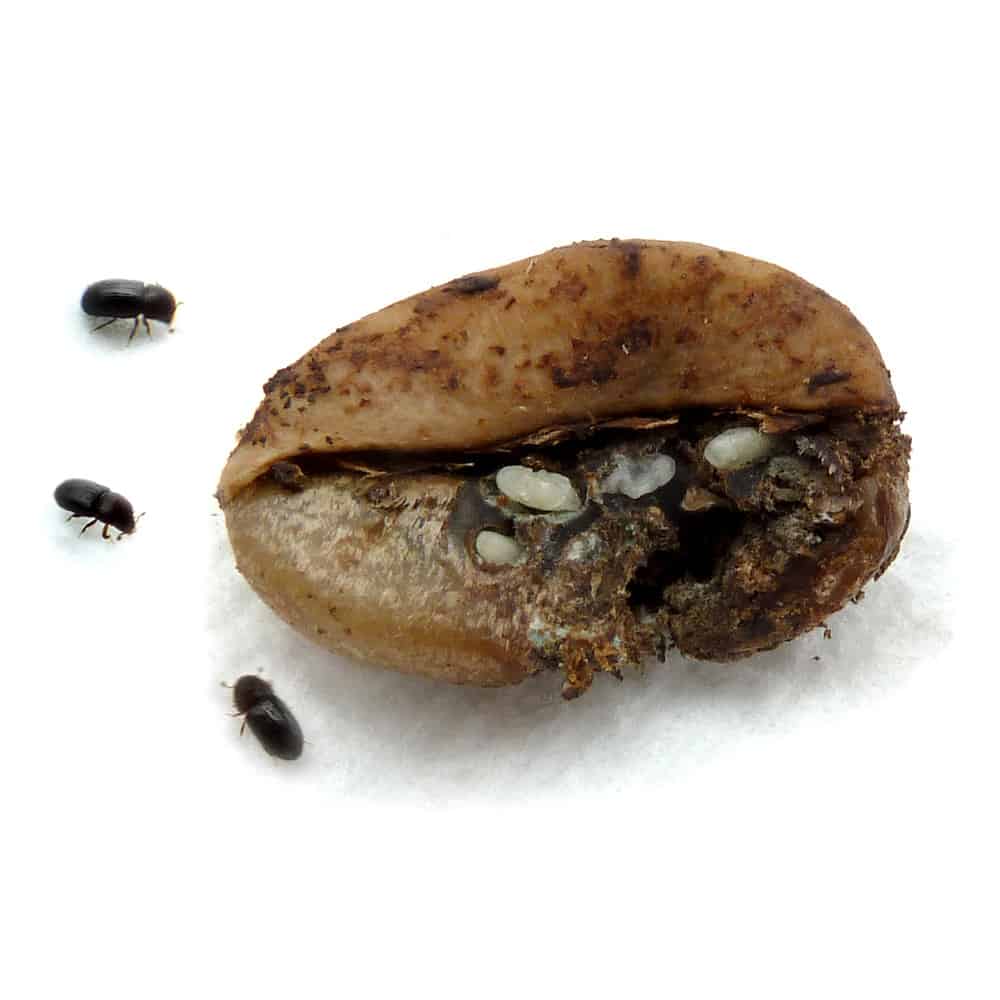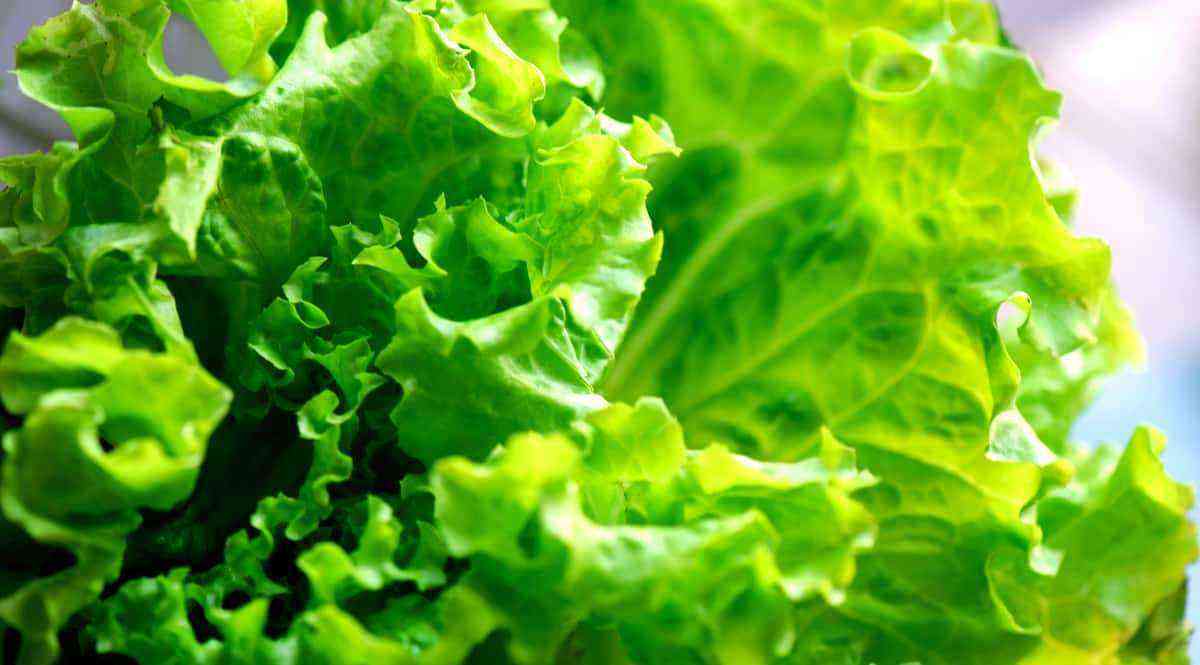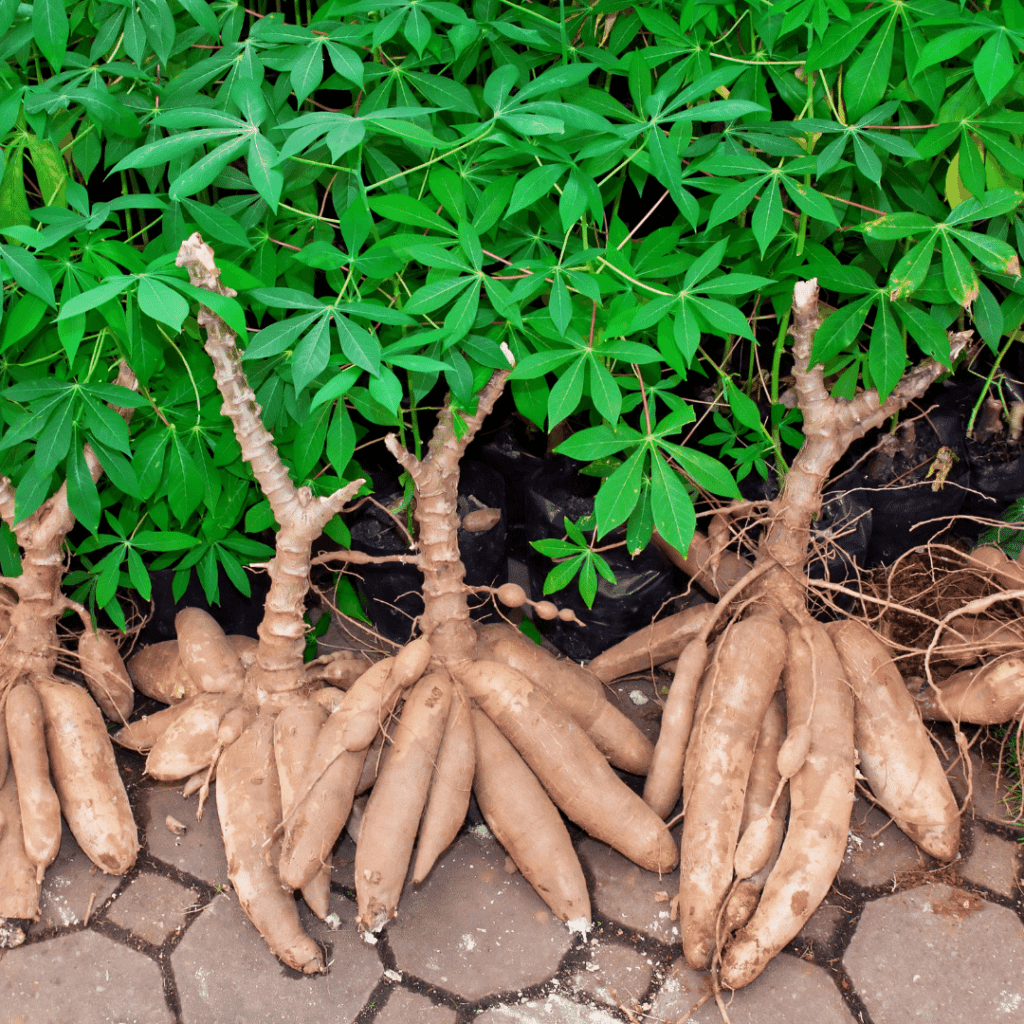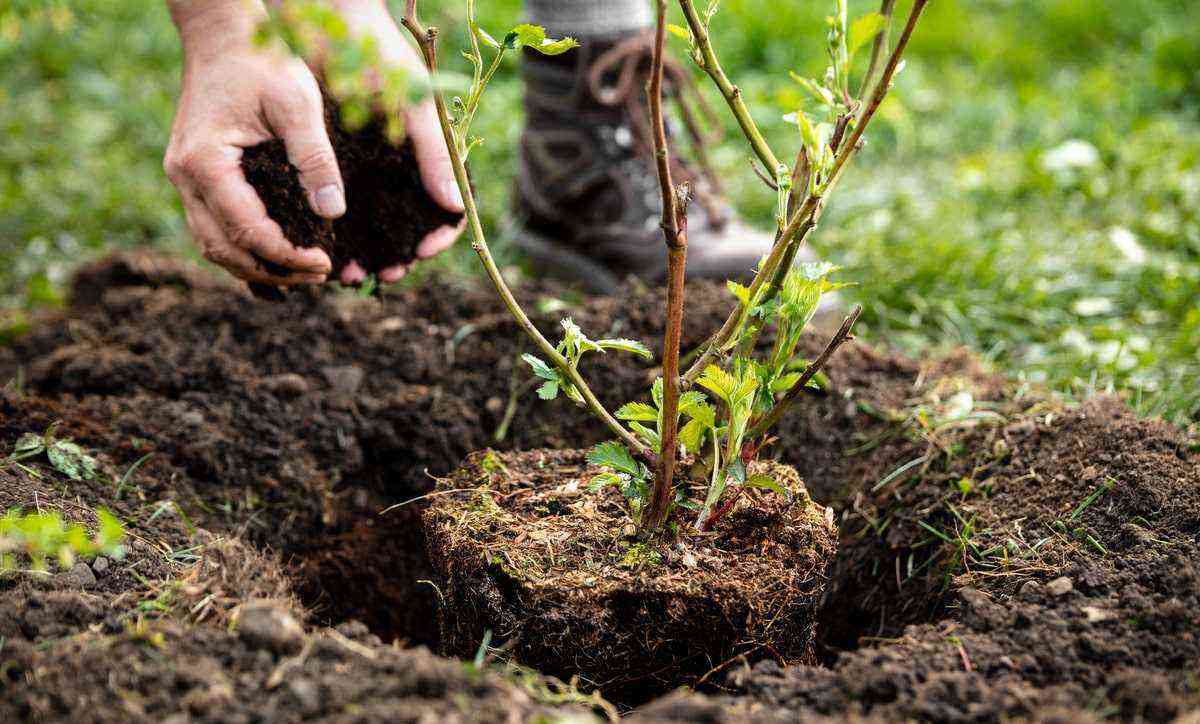The pitaya or pitaya is a fruit with an exotic appearance and varied colors. A fruit with a sweet and refreshing taste, which arouses curiosity and conquers you by the eyes, such is its beauty. The name pitaya means scale fruit in Aztec culture.
Pitaya: Dragon fruit
Known as dragon fruit (“dragon fruit” in English and Asian countries) due to its scaly appearance, and its flowers, like Night’s flower due to the plant blooming at night, with large white flowers. It is a juicy fruit, with an interior similar to the Kiwi, with small seeds throughout the pulp, but sweeter. Pitaya has a very high sales price per kilo, however, it has several nutrients that provide many health benefits.
The pitaya is the fruit of a species of cactus, the epiphytic cactus, of the genera Hylocereus and Selenicereus. However, its cultivation is well accepted in tropical and subtropical regions. It grows very well in dry and sandy areas.
In this article you will learn all about pitaya fruit, including how to plant and grow this plant even inside your own home. Below are the topics we will cover:
- Source
- fruit varieties
- How to plant pitaya
- How to eat pitaya fruit
- Benefits of pitaya
Source
Pitaya is a tropical fruit native to Central America, mainly Mexico, and has been gaining prominence in several countries around the world, mainly in Brazil and in places with a tropical climate.
fruit varieties
There are several varieties but three edibles that are commonly marketed, they are:
white pitaya

The fruit pulp is white with black seeds and the skin is pink.
yellow pitaya

The pulp is white with black and larger seeds and the skin is yellow. Very common fruit in Colombia.
red pitaya

The pulp is reddish with black seeds and the rind is pink.
How to plant pitaya
Pitaya is a very good plant. versatile and easy to adapt that accepts its planting in several places and without great demands in its handling, being a good option for organic agriculture. Planting can be done in large plots or even in pots, on the ground or hanging.
If you are going to plant it in the ground or on land, choose a higher place, where there is no pond water, after all, remember the pitaya plant is a cactus and does not tolerate a lot of water.
The first decision when starting a pitaya cultivation is to decide whether to use seed or cuttings (seedlings). See more about each option below:
planting by seeds
O planting pitaya by seeds It’s very simple, but the time to bear fruit is longer, it can take 2 years or more. Seeds must be extracted from mature plants, washed and sown immediately in washed sand or specific substrate, spreading some on the spot and covering lightly with sand.
As a preparation for planting with seeds, you can make the substrate with a mixture of sand, vegetable soil and organic compost. Also mix a small amount of slow-release fertilizer into the lower layers of soil.
After planting the seeds should germinate 8 to 12 days after planting and watering should be daily, but moderate to have a good germination. THE pitaya germination rate reaches 80%. Watch which seeds germinate and separate the shoots so the plants grow vigorously.

Pitaya planting by seeds, germination taking place.
Over time, you should water the plants at an increasing interval, as it does not tolerate a lot of water, and excess water is one of the major causes of plant death.
Approximately 5 months after seedling germination, transplanting should be carried out, selecting the most showy plants with 15 to 20 cm in height and planting in larger pots 30 to 40 cm deep and with well-drained soil. Don’t forget that the plant needs sun to bloom and develop.

Pitaya seedlings in the pre-transplant stage
Start watering only when the sand or soil is completely dry, but don’t overdo it, even though it’s tempting to want to water more often. If you are going to plant in a pot, check the water drainage, choose pots with holes, otherwise the roots may die at the bottom.
Planting by cuttings or seedlings
if you choose plant pitaya by cuttings or seedlings, the time for the plant to produce will be much shorter than using seeds, between 1 to 2 years. Choose cuttings from good donors, healthy plants with good production or seedlings from a producer, taking care when transplanting the seedling to another location or to another pot.
Preferably, let someone who knows how to remove the cuttings for you, but if you want to do the collection, remember to do it respecting the joints of the plant (see image below) without cutting in the middle, because it will be from this place that new roots will come out.

Observation of the location of how to acquire cuttings for planting
When purchasing newly collected cuttings, let them dry before planting, you can let them dry for up to a week in a cool, shady place. This process is important for the cut site to heal, preventing infestations when it is planted. There are professionals who say that this curing of the vegetative material is not necessary.
The cuttings or cuttings should be planted at least one centimeter deep.
grafting
A very common practice in fruit growing is grafting, which is the union of two plants, where there is a junction of favorable characteristics. In pitaya, this practice is not yet commercially used, but due to the advantages it provides, it has the potential to be used in specific conditions.
Source: Pitaya’s backyard
pitaya foot growth
Some plants can have a spurt, growing up to 30 cm in a week. In order for it to grow and reach its maximum potential, without breaking or bending with its weight, the pitaya foot needs good support.

Pitaya feet supported by wooden stakes. Define the stake material before planting.
The pitaya is a plant that needs tutoring for its cultivation, that is, it needs a tutor (support) to develop. This tutor can be wood, concrete or even living tutors such as trees. To choose the tutor, one must take into account the cost of the same, and its maintenance, in addition to being very resistant to withstand the weight of the adult plant. The shelf life of pitaya must also be considered, which can exceed 20 years.

Pitaya in its cultivation and production phases
When the plant starts to grow and to have its vigor are necessary pruning, which should be done between late summer and early autumn, when photosynthetic radiation is lower.
Source: Sawada Land Products Sawada Site
Fertilizing
Fertilizing the pitaya tree should preferably be organic, using cow manure or chicken litter. In a commercial production, 20 L of manure must be used per pit. It is interesting the association with mineral fertilizer, using bioclastic granules. With the use of organic fertilization, development is faster and production is higher.
pollination of flowers
Pitaya flowers are hermaphroditic, that is, they have both sexes in the same flower, and therefore, pollination is necessary. Some insects are responsible for doing this naturally, but in a commercial production it is interesting to do manual pollination to obtain greater production.
A hand pollination of the pitaya flower is easily done by removing the anthers of one flower and touching it with the stigma of another flower, or by collecting the pollen and using a brush to pollinate multiple flowers.
The ideal to reduce the low fruit set and the occurrence of small fruits, without commercial value, would be the planting of several genotypes and the accomplishment of the cross-pollination, manually.
Source: Reinaldo Alves
Flowering occurs only at night and lasts between 8 to 12 hours. A true spectacle, as the pitaya flower is one of the largest and most beautiful there is. They are 20 to 35 cm long, white and fragrant when opened.

open pitaya flower
Harvest
A plant can produce 200 to 250 fruits per tree and 20 to 70 kg of pitaya. Each crop can have 9 blooms, and each crop can last up to 8 months, with peak production between December and May. The weight of a fruit has an average of 200 to 600 grams, reaching up to 1 kg.
Pitaya fruits should be harvested when they reach maturity, easily observed when they have a vibrant hue and a pink or yellow coloration of the skin, depending on the variety of the fruit. It must be done by cutting the fruit stalk with scissors and carefully. Wash the fruits to clean and classify, which is done with a cloth and cutting off the floral remains and the driest scales.
To increase the post-harvest life, the ideal is to harvest the fruit together with a portion of the cladode and that they are stored in a refrigerated environment.
Keep all these steps in mind when you decide to plant pitaya, be aware of each stage of planting whether it is for commercial or home production in a pot or garden.
How to eat pitaya fruit
There are several ways to consume pitaya fruit, see below some of them:

Pitaya is a very juicy fruit with a lot of pulp.
In nature
The most common way to consume pitaya is natural, just peeling and consuming its pulp. You can cut the fruit crosswise with a knife or pocket knife and again the two halves, obtaining 4 slices, where the skin is easily detachable.
Another interesting way to eat pitaya is to make a transversal cut with a knife and eat each half with a spoon, using the skin as if it were a natural bowl. It is a very pleasant way to eat the fruit.
You can also choose to separate all the pulp by making a superficial cut all around the fruit and then peeling it by hand, obtaining a pitaya ball that can be used as you like to slice, decorate or even squares to make a fruit salad. Pitaya goes very well mixed with strawberry, kiwi or melon.
Juices
Pitaya juice is very nutritious and because it has a very rich pulp, it makes a lot. It is a great adventure to mix pitaya juice with various fruits to taste, such as lemon, orange, pineapple, among others. For those who like it, it’s interesting to add mint.
Lemon Pitaya Juice Recipe
- pulp of 1 whole pitaya of approx. 300 to 400 grams;
- 200 ml of coconut water or mineral water;
- juice of a whole lemon
- sugar to taste
- some ice
- piece of pitaya to decorate
Preparation: Peel the whole fruit, cutting it into medium pieces and blend it in a blender along with the coconut water, lemon juice, ice and sugar to taste. Pour into a large glass and garnish with a piece of fruit.
Drinks
Several drinks can be made with this delicious fruit, using cachaça, vodka, gin or any other drink you like.
Pitaya caipirinha recipe with vodka
- half a pitaya
- 1 whole lemon
- 70 ml of vodka (if you prefer cachaça or gin)
- sugar to taste
- a glass of ice
Preparation: Peel the whole lemon and cut into 4 pieces. Place the sliced lemon and sugar in a glass and crush well with a suitable instrument, then place the fruit into pieces and crush well to release the fruit juice. Add ice to the top of the glass and top up with the vodka. Stir a little and enjoy in moderation.
Other forms of consumption
In addition to the ways mentioned above, with pitaya fruit it is possible to make ice cream, jellies, wines, yogurts, sweets, mousses, soft drinks and even pudding. See a recipe for pitaya fit pudding below:
Fonte: Fast & Fit Brasil
In addition to ingestion, pitaya has several cosmetic uses such as a mask for acne-prone skin, sunburn and hair treatments. It is also used as a dye and has medicinal properties.
Benefits of pitaya
Pitaya has several benefits, but experts indicate that the fresher it is consumed, the better. The fruit is composed of nutrients such as carbohydrates, calcium, phosphorus, iron, potassium, B vitamins, vitamin C and vitamin E. In addition to omega 3 and 6 that help control cholesterol.
See below the biggest benefits of pitaya fruit:
- Antioxidant power and anti-inflammatory properties
- Aid in the treatment of diabetes
- promotes feeling of satiety (weight loss)
- Improved intestinal transit
- Reduction and control of cholesterol (rich in omega 3)
- Combats high blood pressure
- Source of important micronutrients
- Good functioning of the body (immune and intestinal)
- Helps in the detoxification process
- Versatility
- Low calorie (weight loss)
- Supports vision and skin beauty
- Prevent colon cancer
- Helps in the digestive process
- mild laxative
As we have seen, pitaya cultivation has high profitability, low relative cost of production and market value, with a high selling price, which makes the activity very attractive for those who want to start agricultural fruit production.
Now that you know all the potential and versatility that pitaya has, how about starting your own production. At MF Rural you will find everything you need for your cultivation and you can also sell your fruits when to start producing.
